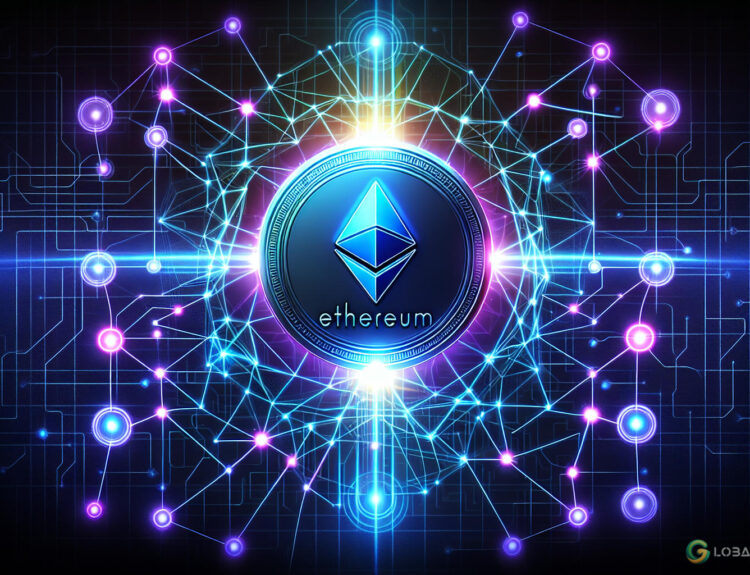Disclosure: The views and opinions expressed here belong solely to the author and do not represent the views and opinions of crypto.news’ editorial team.
When Vitalik Buterin, co-founder of Ethereum, announced the completion of the long-awaited Merge in September 2022, efficiency was the focus of blockchain innovation. In recent years, however, scalability has emerged as the most pressing issue among the ‘big five’ challenges currently facing web3.
The Rise of Layer-2 Solutions
Prominent layer-1 (L1) chains are now giving way to a wave of emerging layer-2 (L2) solutions, promising to propel the blockchain ecosystem to new heights. Unlike the consolidated efforts that drove the Merge, this latest stage of blockchain development—coined “The Surge” in the Ethereum space—has introduced a suite of issues. A new scalability paradigm, led by a constantly expanding array of L2s, has resulted in a fragmented blockchain ecosystem with multiple chains, each having its own rules, tokens, and transaction fees.
Challenges of a Fragmented Blockchain Ecosystem
As more layers are added to the blockchain, both users and developers face challenges in terms of usability and innovation. Although the rise of L2s might seem beneficial, the increasing complexities can lead to a subpar user experience. Juggling various wallets, tokens, and fee schedules across chains can make onboarding into web3 a daunting task, raising the barrier to entry.
Developers face similar struggles. The complexity of working across multiple layers can result in slower build times and increased development costs. The lack of interoperability between an ever-increasing number of chains further complicates projects, especially for teams building cross-chain applications. In this convoluted landscape, progress can easily be hindered.
Layer 2s: Potential and Pitfalls
The layer cake approach to scalability isn’t without its merits. L2 solutions offer substantial benefits, including enhanced scalability and speed. Offloading transactions from an L1 to an L2 can increase the overall transaction volume that an L1 can process. This can lead to faster and more cost-effective operations, enhanced security, and additional protection for sensitive transactions.
However, these benefits may only outweigh the disadvantages for so long. Fragmentation creates a complex web that can feel overwhelming, especially as the landscape of L2 solutions continues to expand without a clear solution in sight.
A Unified Approach
Fortunately, there is a promising solution to the challenges presented by the L2 race—chain abstraction. By removing the complexities and overarching technicalities of the blockchain that interfere with usability, chain abstraction can help maintain the broader benefits of decentralized technology while lowering the barrier to entry for general consumers.
Chain abstraction allows for the creation of a unified layer that communicates with multiple blockchains, simplifying user interactions. This approach enables users to manage their assets and execute transactions without needing to understand the intricacies of each underlying layer.
Omnichain infrastructure, a practical application of chain abstraction, takes this concept further by creating a cohesive, interoperable ecosystem that facilitates seamless interactions across various blockchains. This infrastructure powers solutions such as seamless cross-chain transactions and secure, efficient verifications, while incentivizing developer flexibility. As a result, it makes blockchain interactions more intuitive and efficient.
Multichain Today, Omnichain Tomorrow
While the proliferation of L2s has led to a fragmented ecosystem, layers are found throughout the blockchain landscape, both within and beyond the L1 and L2 paradigms. This complexity will only increase as new innovations, platforms, and needs emerge.
If scalability is as crucial as most developers claim, we cannot overlook the potential of omnichain infrastructure to aid in our mass adoption journey. By interconnecting products and blockchains, uniting data to create seamless experiences, and making the power of web3 easily accessible, we can fuel even the most ambitious endeavors.
“For the majority of new users, anything beyond a single integrated layer might simply be too many.”
By focusing on creating a unified and efficient blockchain ecosystem, we can ensure that web3 technology becomes accessible to a broader audience, fostering innovation and growth in the cryptocurrency space.
Charles Wayn is a web3 entrepreneur and the co-founder of Galxe, web3’s largest onchain distribution platform. Galxe engages millions of users across a robust network of blockchains, significantly contributing to the growth and advancement of leading industry players. Before co-founding Galxe, Charles led DLive to become the world’s largest blockchain-based live streaming platform, culminating in its acquisition by BitTorrent, where he continued as VP of Interactive Entertainment. Galxe’s work, supported by industry giants, reflects the company’s dedication to introducing the crypto-curious to practical applications of web3, fostering community closeness, and unlocking new economic potentials for its users and partners alike. Charles holds a Bachelor of Science from the University of California, Berkeley.
#Innovation #Web3
























